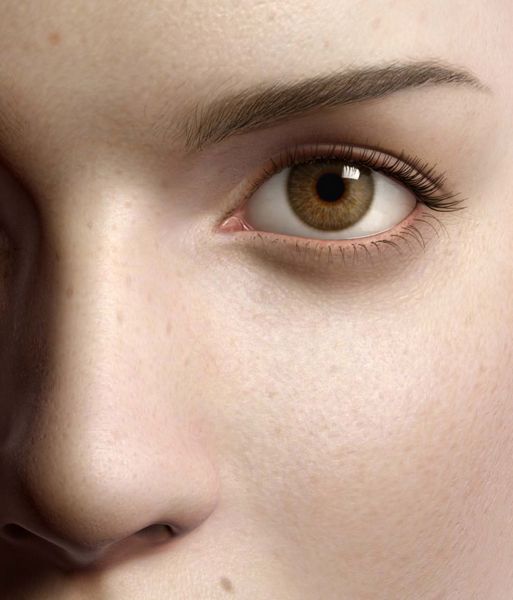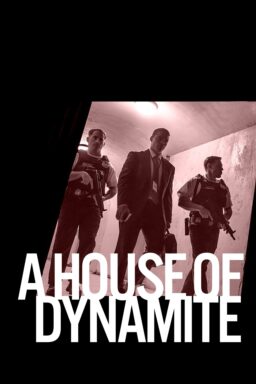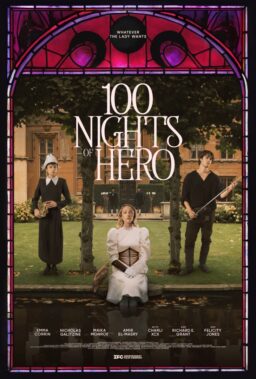HONOLULU–Consider the eyes in the photo that accompanies this article. They are from a movie. Is it live action, or animated?
A graphic arts expert might correctly vote that the eyes were created by a computer, but for most filmgoers, they’re as real as any other eyes in the movies. They belong to a heroine named Aki, who is the star of a new kind of movie that premieres in July 2001.
The movie, “Final Fantasy: The Spirits Within,” has already stirred more curiosity and anticipation than any other release set for next year. It’s based on the nine generations of the best-selling “Final Fantasy” video game, currently on the Sony PlayStation platform. More than 30 million copies have been sold. Now comes the movie, a big-canvas science fiction fantasy, budgeted at more than $100 million, set in the year 2065 and involving locations, sights and action that would be impossible in a real-world action movie.
It’s being made here entirely inside computers by 200 digital artists from 22 countries, mostly the U.S. and Japan, headquartered in a skyscraper in downtown Honolulu. If their work is successful, you’ll think you’re looking at real human beings having adventures in the real world. Not a plausible real world, to be sure, but a world that doesn’t look like any animation you’ve ever seen. It’s more like the realistic worlds of high-end graphic novels. Aki and the others will not be human in the sense that you expect to run into them at Wal-Mart, but real in the sense that their faces, their skin, their motions, do not seem animated but like idealized versions of real people.
“The life is in the eyes,” says Andy Jones, who is the animation director for the film. “We want to make them look like they’re thinking for themselves.”
To do that, the animation team has developed sophisticated software that has, for example, 100 different on-screen slides controlling the elements in Aki’s face. On the movie’s web site (finalfantasy.com), you can see a demo of how they create wrinkles and skin texture. They photograph human actors in motion and use them as guides for realistic action. The characters move through locales that look like futuristic sci-fi landscapes, and yet have the kind of texture, weight and detail you would expect in a real, if visionary, world.
The peculiar effect of “Final Fantasy” is hard to explain or anticipate, which is why I was impressed by the impact of two trailers for the movie which were shown here during a panel discussion at the Hawaii Film Festival. On the big screen with surround sound, they decisively up the stakes in the action blockbuster genre. You can get a hint of that impact at the web site; the big screen impact is much more decisive.
The movie is being produced by Chris Lee, a Hawaii native and former head of production at Columbia, where his credits included “As Good As It Gets” and “Jerry Maguire.” He has teamed on the project with Hironobu Sakaguchi, head of Square, the producer of the video game. Honolulu was chosen as headquarters for the four-year effort, because it is in America and yet livable for Japanese-speakers.
What sort of software does the team use? “We all start with the same basic software,” says Jones. “It’s what you do with it.” The elaborate controls for the facial expressions of the leading characters, for example, were perfected in-house, and are much more ambitious than anything previously tried in animation.
“The computer helps us out,” Lee says, “but essentially it still comes down to an artist creating artwork.” Brief shots of several scenes in the trailers suggest that the artists have located themselves in a world resembling the future earth, but freed themselves to toy with gravity. The same freedom is expressed in “Crouching Tiger, Hidden Dragon,” Ang Lee‘s Christmas-season release, a martial arts movie where the human characters leap from one treetop to another to do battle.
If the movie is as impressive as the trailer suggests, “Final Fantasy” may decisively change the way action epics look in the future. Most current big canvas blockbusters try to combine live action and computer-generated images seamlessly. But you can see or sense the seams, Lee says: “In a movie like ‘The Haunting,” there’s a disconnect between reality and CGI. Here, the characters and the world all inhabit the same reality.”
If “Final Fantasy” is successful, it will challenge the reign of action stars like Arnold Schwarzenegger and directors like George Lucas, who make films that place human actors in special effects settings. If Jabba the Hut can be created by a computer, Lucas may find himself asking, why not Luke Skywalker? Could a producer like Chris Lee simply license Schwarzenegger’s name, appearance and voice, and create a digital version of him in an animated adventure?
Maybe, but Lee has little enthusiasm for digital copies of real people: “It would be easier to duplicate Humphrey Bogart than to come up with someone new,” he says, “but the challenge is in creating new characters.” He might have added (but did not) that once you create them you own them, and they don’t have agents.
One thing they’ve discovered in creating new digital actors, Jones said, is that scientific theory is right, and perfectly symmetrical faces are perceived as attractive. Look at the faces on the web site head shots and you’ll see they’re all perfectly balanced, left matching right, although my guess is the villains will go slightly askew in the finished movie.
As for the voices, “Final Fantasy” has hired the voice-over talents of Ming-Na, the voice of Disney’s Mulan, as Aki, and other characters are being voiced by Alec Baldwin, James Woods, Donald Sutherland, Ving Rhames and Steve Buscemi. Could a computer synthesize voices, too? “Yes,” says Lee, “but they’d all sound like the lady who gives you the correct time of day.”












